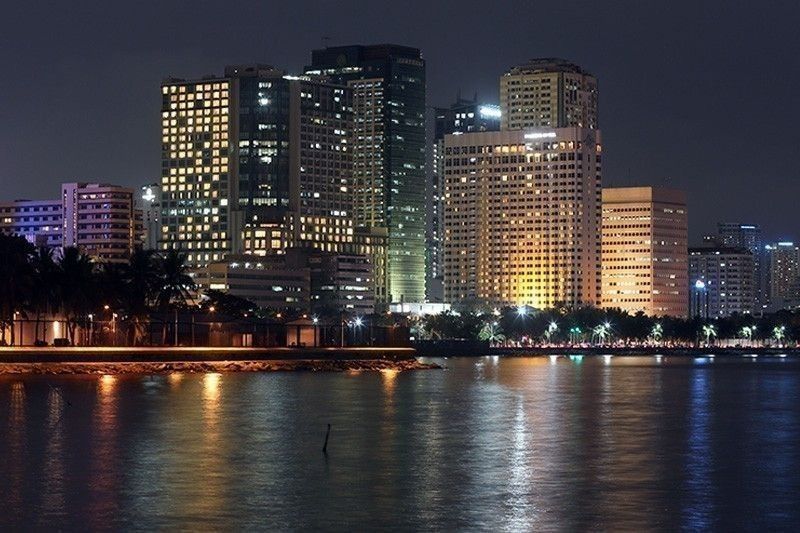‘High prices, weaker demand to clip growth’

MANILA, Philippines — The Philippines is expected to post slower economic growth this year, amid risks of prices staying elevated as well as weaker demand due to uncertainties in the global environment, according to the United Nations.
The UN’s World Economic Situation and Prospects 2023 report forecasts the Philippines to grow by five percent this year. This is lower than the UN’s estimated seven percent growth for last year as well as the country’s full-year 2022 gross domestic product (GDP) growth of 7.6 percent.
According to the Philippine Statistics Authority, the country’s full-year 2022 GDP growth was higher than the 5.7 percent in 2021 – the fastest rate seen since 1976.
The UN’s GDP forecast for this year is also below the government’s six to seven percent growth target.
For next year, the UN expects the Philippine economy to grow by 6.1 percent, lower than the government’s 6.5 to eight percent growth target.
For East Asia, the UN said GDP growth is forecast to reach 4.4 percent for this year and 4.3 percent next year from the estimated 3.2 percent in 2022.
While the UN expects faster growth for East Asia for this year, it said “the forecast is subject to significant downside risks, including higher inflation, sluggish external demand, rapid global liquidity tightening, worsened external positions and possibly weaker- than-expected growth in China.”
The UN said GDP growth in East Asia last year was supported by stronger domestic demand.
In many Southeast Asian economies, including the Philippines, growth was driven by private consumption and investment.
The UN said many economies in the region, however, are losing steam amid fading pent-up demand, rising living costs, and weakening export demand from the US and Europe.
Even as headline inflation is predicted to ease marginally to 2.9 percent in East Asia this year from the estimated three percent last year, the UN said food and fuel prices could remain elevated due to the war in Ukraine.
“While monetary tightening could tackle high inflation, high interest rates could dampen consumption and investment, and consequently hold back economic recovery in East Asia,” it said.
Given uncertainties about geopolitical tensions and their impact on prices, the UN said monetary authorities should closely monitor price dynamics and adjust policy response, as needed.
“The East Asian economies will also need to strengthen long-term resilience with increased investments in social protection systems, nutritious food, universal healthcare systems and quality education,” the UN said, noting such investments would also boost productivity.
Despite headwinds to growth, the UN also said East Asian economies should not pause or reverse efforts to meet climate change goals.
“Moving forward, much depends on strong multilateral partnerships to realize climate ambitions and accelerate progress on the SDGs (Sustainable Development Goals),” the UN said.
- Latest
- Trending




























